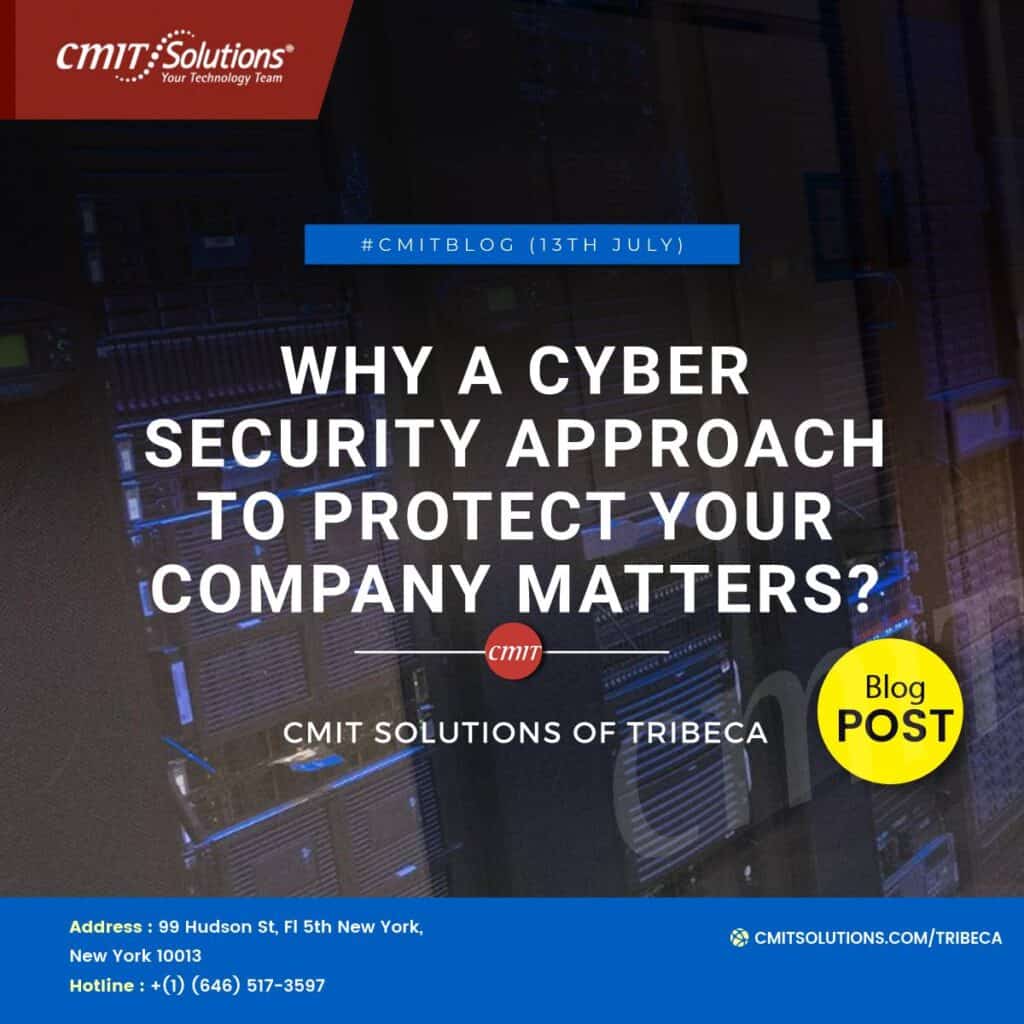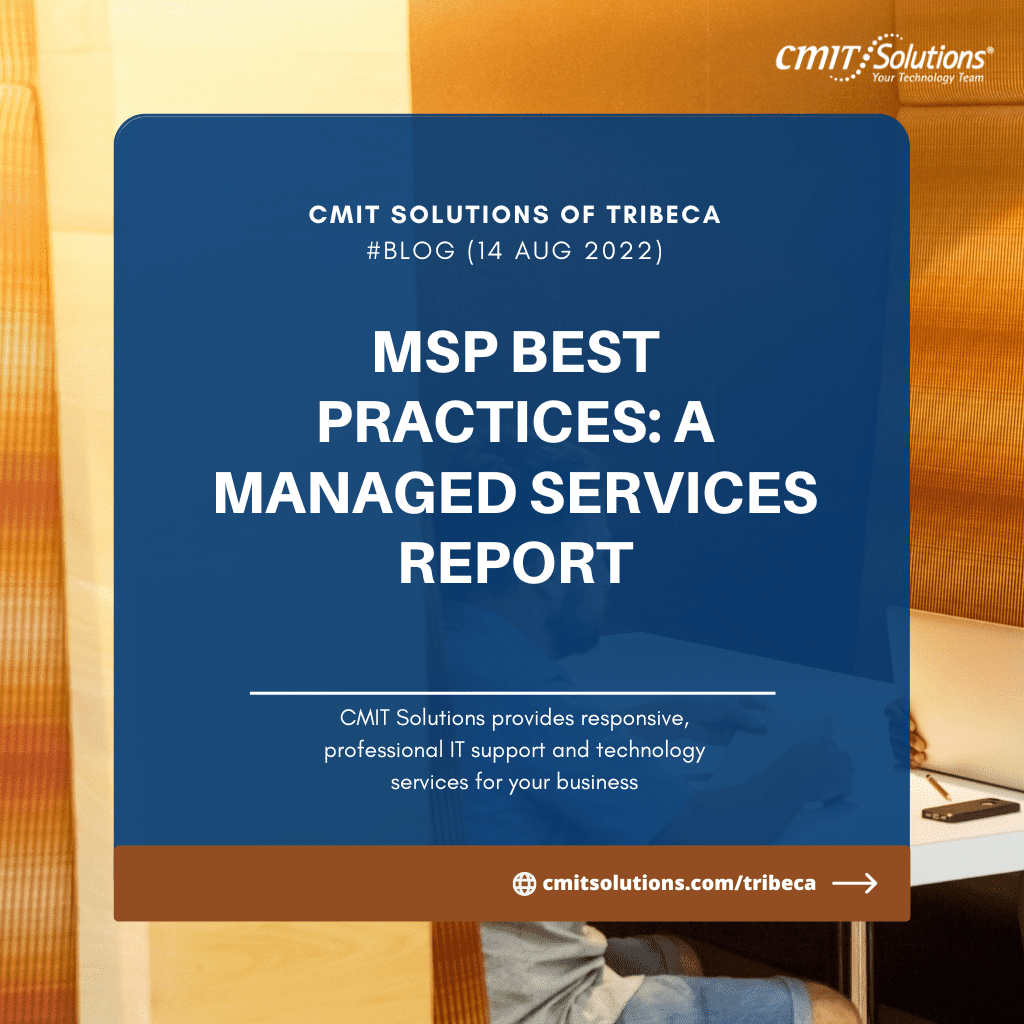In an era where cyber threats are constantly evolving, the significance of creating a culture of cybersecurity within an organization cannot be overstated. It’s not just about having the latest technology but about ensuring every employee understands and actively participates in safeguarding the company’s digital assets. Engaging employees in cybersecurity practices transforms them from potential vulnerabilities into the first line of defense. Here’s how to build a robust culture of cybersecurity through effective employee engagement.
1. Lead by Example
Leadership plays a crucial role in shaping the cybersecurity culture. When executives and managers prioritize cybersecurity, it sends a strong message to all employees. Leaders should actively participate in cybersecurity training, adhere to best practices, and promote a security-first mindset.
Engagement strategies for leaders:
- Visible Participation: Leaders should be seen engaging with cybersecurity initiatives, such as attending training sessions and following security protocols.
- Communicate Importance: Regularly communicate the importance of cybersecurity through internal channels, emphasizing its role in protecting the organization.
- Policy Enforcement: Ensure that security policies are enforced at all levels, demonstrating a commitment to cybersecurity.
Explore our IT support services to see how we can assist in policy enforcement and leadership engagement.
2. Comprehensive Training Programs
Training is the foundation of a strong cybersecurity culture. Regular, comprehensive training programs help employees understand the types of threats they may encounter and how to respond effectively.
Effective training program components:
- Regular Updates: Conduct training sessions regularly to keep employees updated on the latest threats and security protocols.
- Interactive Modules: Use interactive training modules, such as simulations of phishing attacks, to engage employees.
- Role-Specific Training: Tailor training programs to address the specific cybersecurity needs and responsibilities of different roles within the organization.
Our productivity applications include tools to enhance your team’s learning and engagement.
3. Promote a Security-First Mindset
Encouraging a security-first mindset means integrating cybersecurity considerations into all business processes. Employees should think about security in their daily tasks, whether it’s handling emails, managing data, or interacting with clients.
Ways to promote a security-first mindset:
- Daily Reminders: Use reminders such as screensavers, email signatures, and posters to keep cybersecurity top of mind.
- Incentivize Good Behavior: Recognize and reward employees who consistently follow security best practices.
- Embed in Onboarding: Include cybersecurity training as a core part of the onboarding process for new hires.
For more guidance on embedding cybersecurity into your business processes, explore our IT guidance services.
4. Foster Open Communication
Open communication about cybersecurity issues helps create a transparent and trustful environment where employees feel comfortable reporting potential threats without fear of punishment.
Creating a communication-friendly environment:
- Clear Reporting Channels: Establish clear and easy-to-use channels for reporting suspicious activities or security concerns.
- Feedback Mechanism: Implement a feedback mechanism where employees can share their thoughts on the existing cybersecurity measures and suggest improvements.
- Regular Updates: Provide regular updates on cybersecurity incidents and lessons learned to keep everyone informed and vigilant.
Learn more about our unified communications solutions that can enhance your internal communication strategies.
5. Regular Security Audits
Regular security audits help identify vulnerabilities before they can be exploited by cybercriminals. These audits should not only assess technological defenses but also evaluate employee adherence to security protocols.
Key aspects of effective security audits:
- Scheduled and Surprise Audits: Conduct both scheduled and surprise audits to get a comprehensive view of your security posture.
- Thorough Assessments: Evaluate all aspects of cybersecurity, including hardware, software, and human factors.
- Actionable Reports: Provide detailed reports with actionable recommendations to address any identified weaknesses.
Our network management services include comprehensive security audits to help you stay ahead of potential threats.
6. Implement Multi-Factor Authentication (MFA)
Multi-Factor Authentication (MFA) is a simple yet highly effective way to enhance security. By requiring two or more forms of verification, MFA significantly reduces the risk of unauthorized access.
Strategies for implementing MFA:
- User-Friendly Solutions: Choose MFA solutions that are user-friendly to ensure high adoption rates among employees.
- Comprehensive Coverage: Implement MFA across all critical systems and applications to provide robust protection.
- Employee Training: Provide training on how to use MFA effectively and why it’s important for security.
Learn more about our cybersecurity services to enhance your security infrastructure.
7. Encourage Personal Responsibility
Each employee should feel personally responsible for maintaining cybersecurity. Empower them with the knowledge and tools they need to protect not just the company’s assets, but their own personal data as well.
Encouraging personal responsibility:
- Personal Cyber Hygiene: Teach employees about personal cyber hygiene practices, such as securing their home networks and using strong, unique passwords.
- Security Champions: Identify and train cybersecurity champions within different departments who can advocate for best practices and assist their peers.
- Accountability Mechanisms: Implement accountability mechanisms to ensure employees understand the consequences of not following security protocols.
Explore our managed services to see how we can support your efforts in promoting personal responsibility.
8. Develop Incident Response Plans
Having a well-developed incident response plan is crucial for minimizing the impact of a cyberattack. Employees should know their roles and responsibilities in the event of a security incident.
Components of an effective incident response plan:
- Clear Roles and Responsibilities: Define clear roles and responsibilities for all employees in the event of an incident.
- Regular Drills: Conduct regular drills to ensure everyone knows what to do during a real incident.
- Post-Incident Reviews: Perform post-incident reviews to identify areas for improvement and update the response plan accordingly.
Our IT support services can assist you in developing and refining your incident response plans.
9. Utilize Advanced Technologies
Leveraging advanced technologies can significantly enhance your cybersecurity posture. From artificial intelligence to machine learning, these technologies can help detect and respond to threats more efficiently.
Integrating advanced technologies:
- AI and Machine Learning: Use AI and machine learning to identify patterns and detect anomalies that may indicate a cyber threat.
- Automation: Automate repetitive security tasks to reduce the burden on your IT team and increase efficiency.
- Comprehensive Solutions: Implement comprehensive cybersecurity solutions that integrate various technologies for a unified defense.
Learn more about our cloud services and how they can support your technology integration efforts.
10. Ensure Compliance with Regulations
Compliance with cybersecurity regulations and standards is essential for protecting sensitive data and avoiding legal repercussions. Ensure that your cybersecurity practices align with the relevant laws and regulations in your industry.
Steps to ensure compliance:
- Understand Requirements: Familiarize yourself with the cybersecurity regulations that apply to your industry.
- Implement Controls: Put in place the necessary controls and policies to meet compliance requirements.
- Regular Audits: Conduct regular compliance audits to ensure ongoing adherence to regulations.
Our compliance services can help you navigate the complex landscape of cybersecurity regulations.
Conclusion
Building a culture of cybersecurity is an ongoing process that requires commitment from all levels of the organization. By engaging employees and making cybersecurity a core part of your business operations, you can significantly enhance your defenses against cyber threats. For more information on how CMIT Tribeca can support your cybersecurity efforts, visit our homepage. Protecting your business is our priority, and we are here to help you every step of the way.






